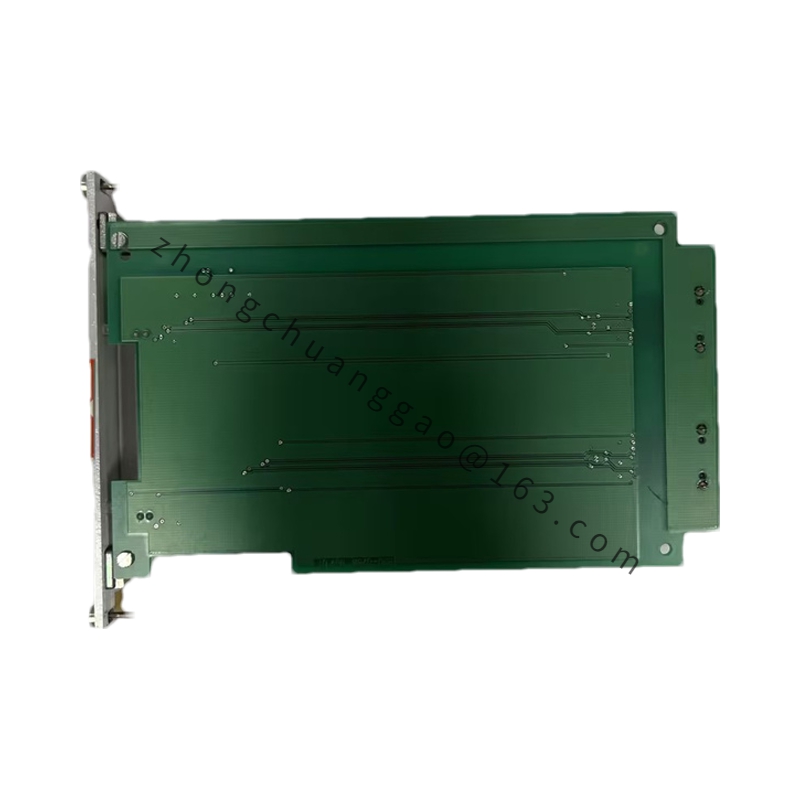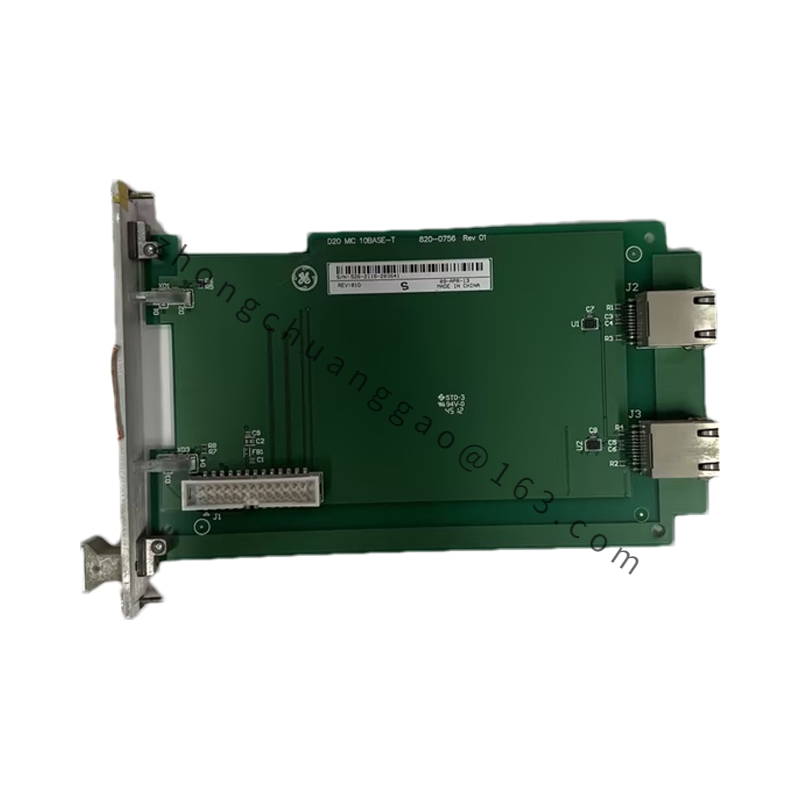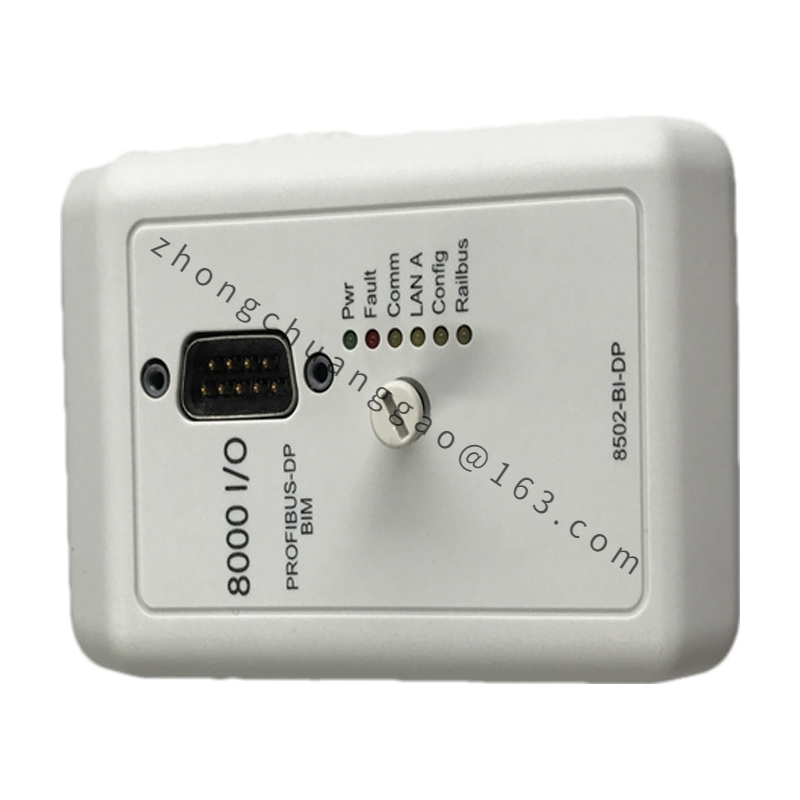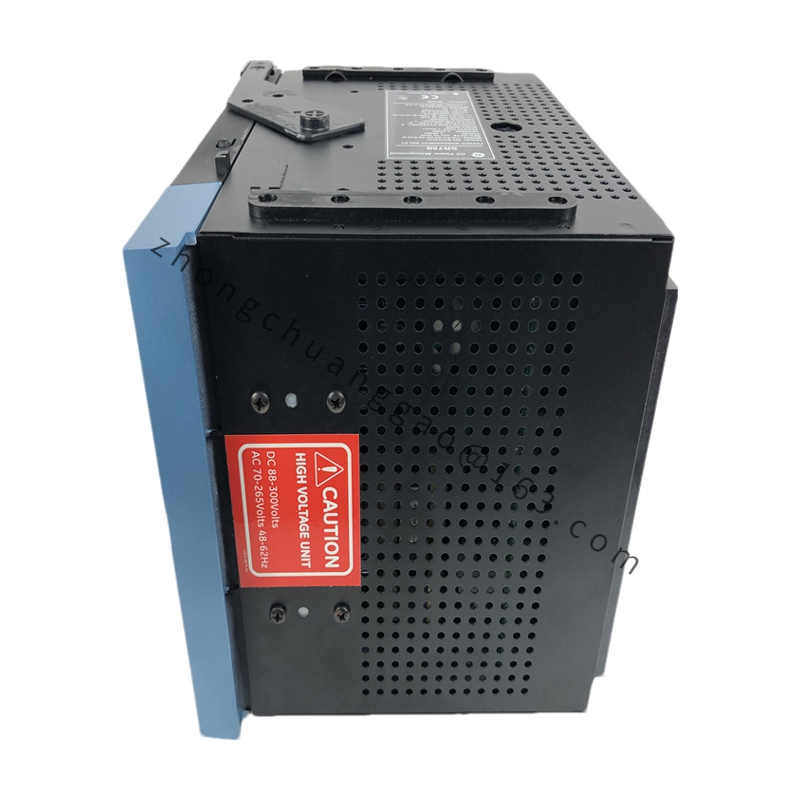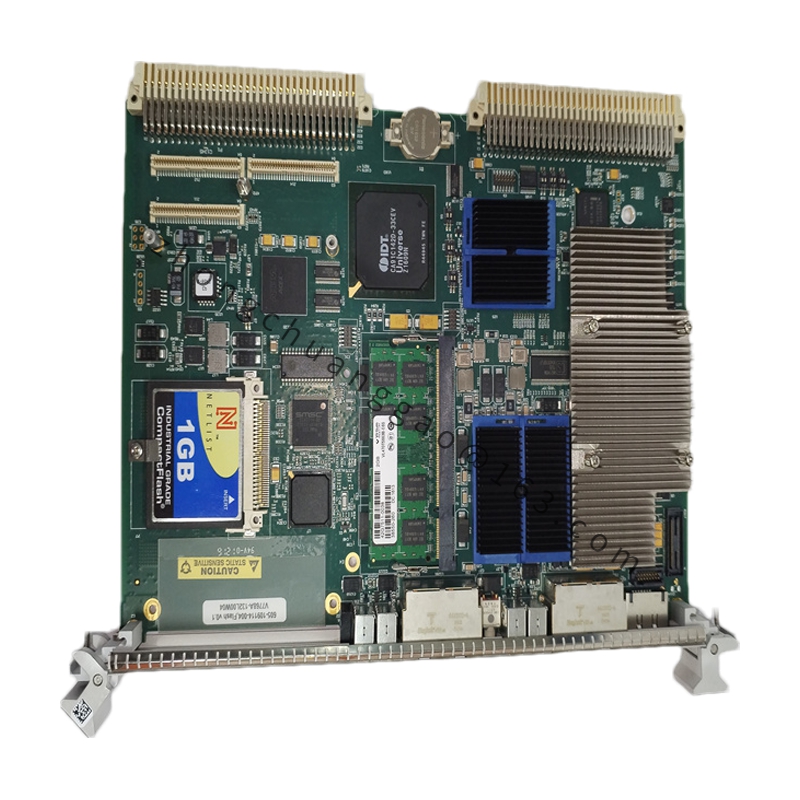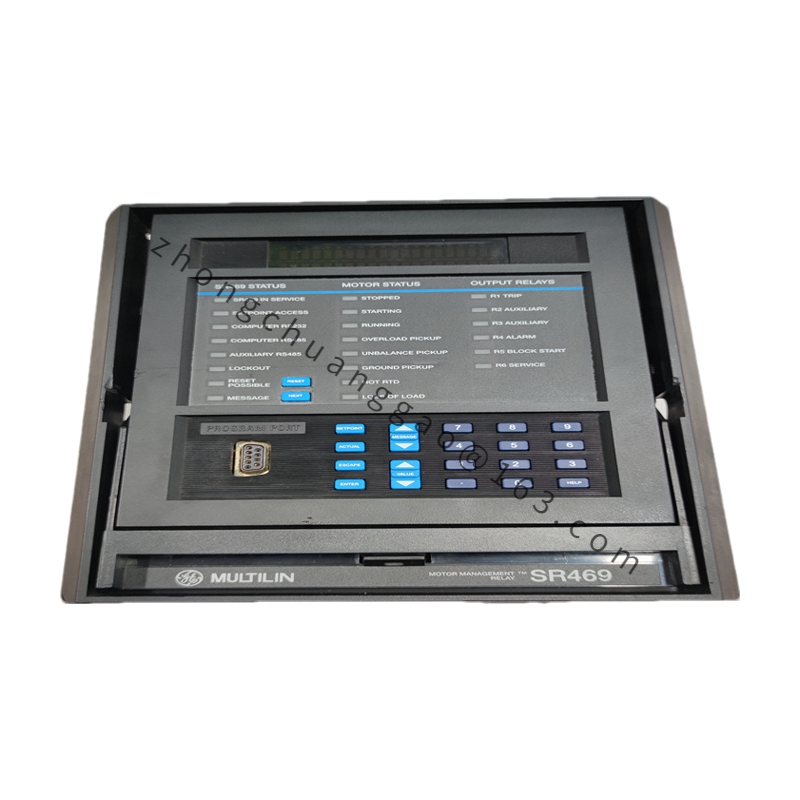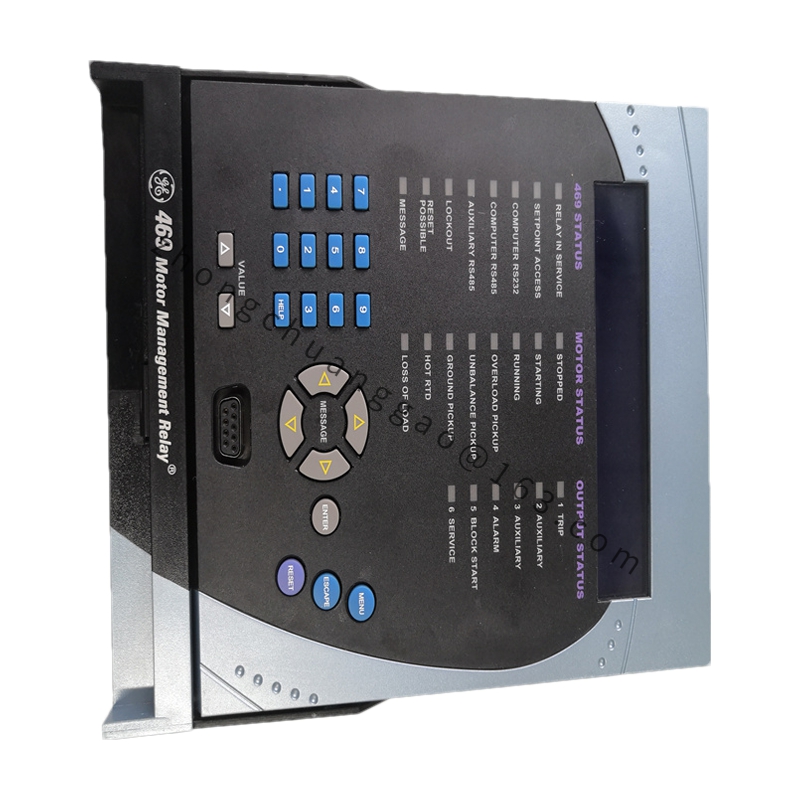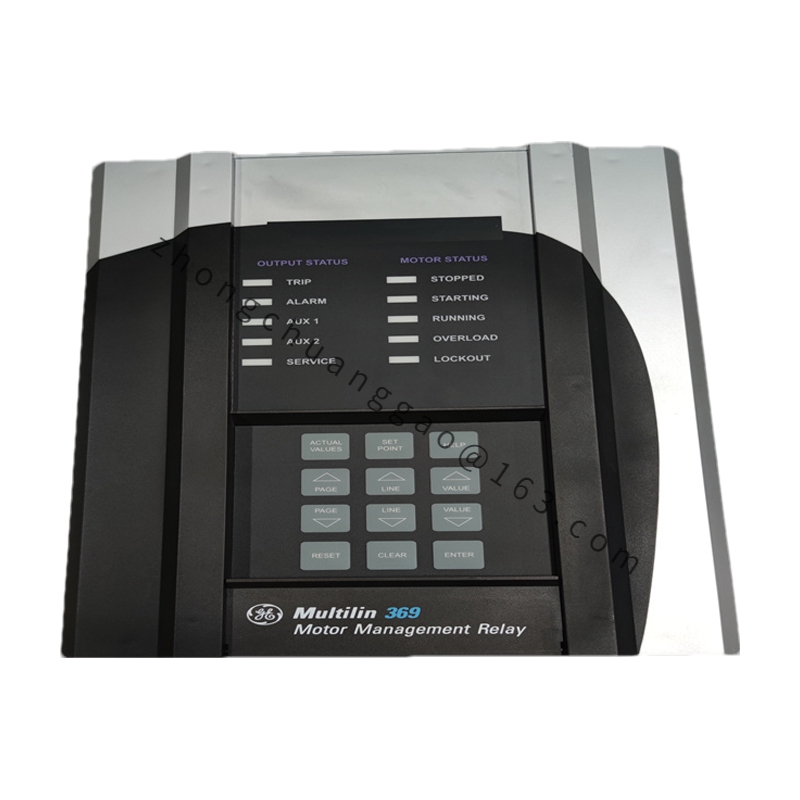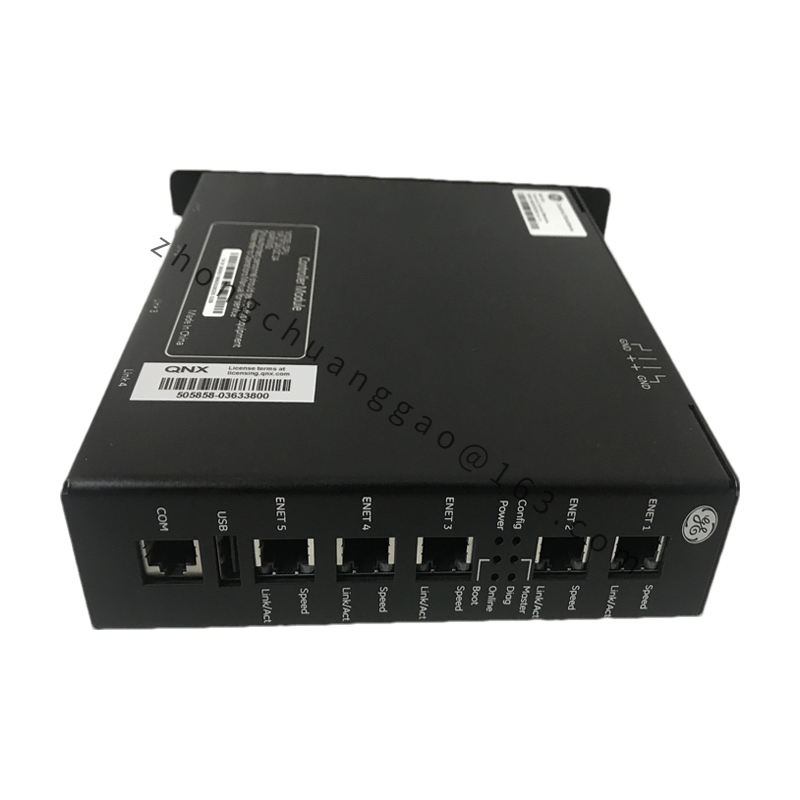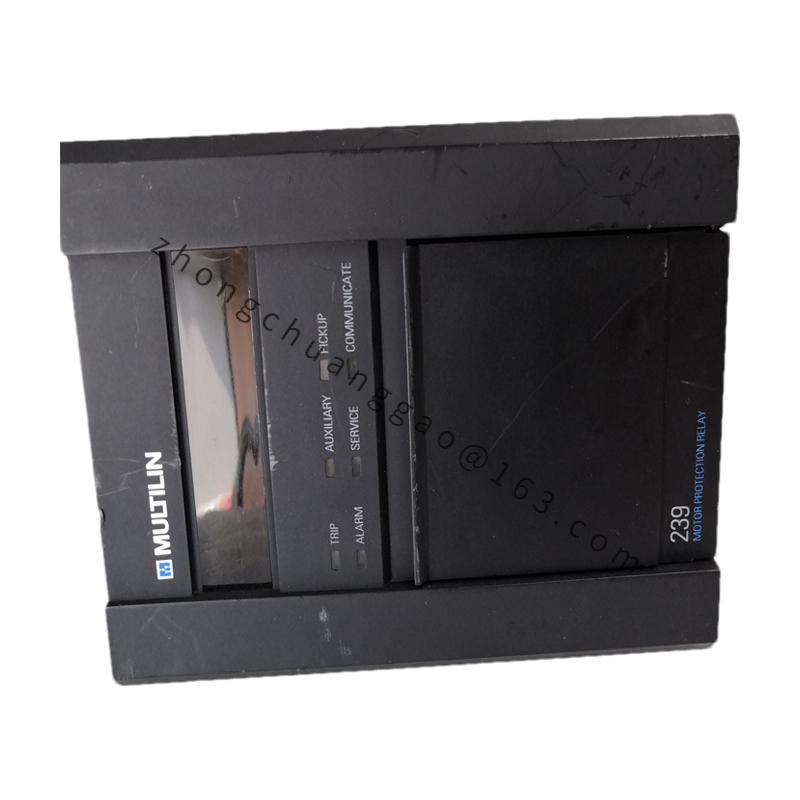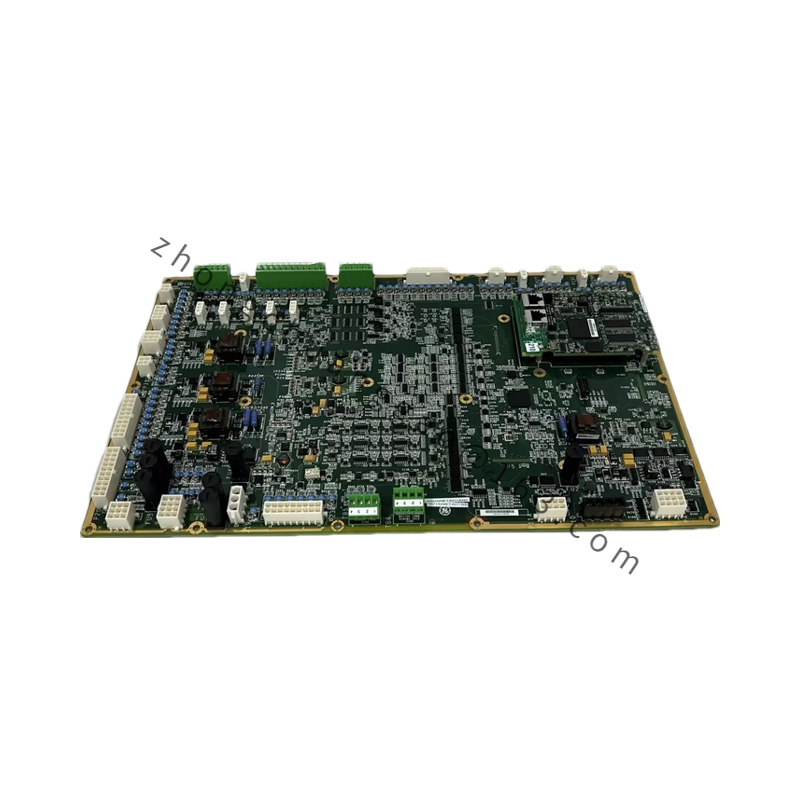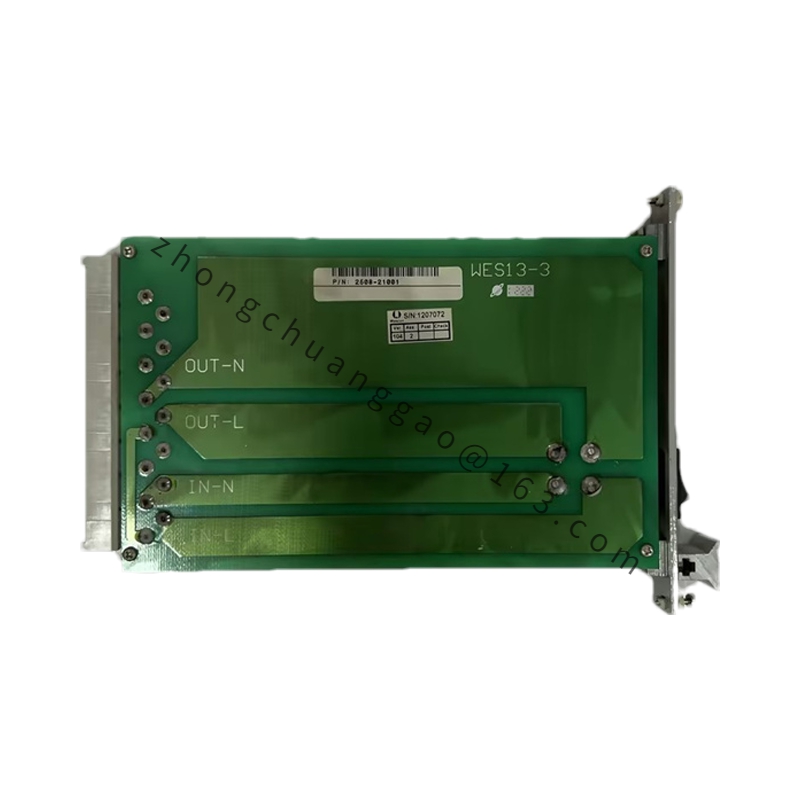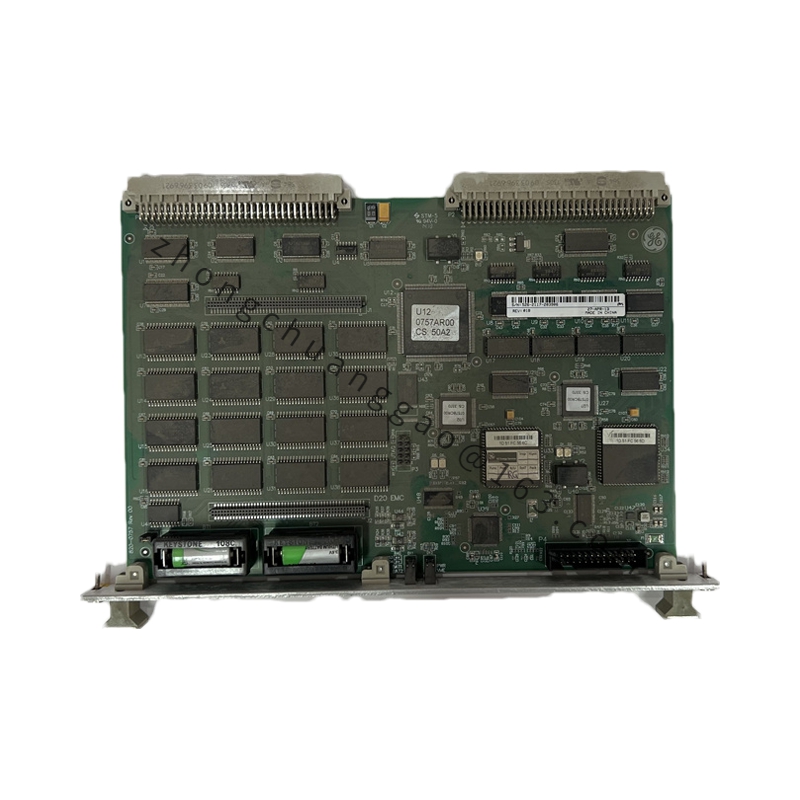GE D20 EME210BASE-T
GE D20 EME210BASE-T Substation Controller Card
technical specifications
Communication interface: EME210BASE-T may indicate that the network communication interface supported by the card is of the BASE-T type, which is a common Ethernet connection method.
Power supply: According to information from other GE D20 EME modules, the power input range may be 85-265VAC, 50/60Hz, and the output voltage may be 24VDC
Detailed content
Functional characteristics
Automation application: The Multilin D20/D200 substation controller provides industry-leading design, embedded with high-value substation automation applications, which can save costs, improve reliability, and improve the operational efficiency of substations.
Interoperability: Supports a wide range of communication protocols and applications, enabling D20 to interoperate with a wide range of intelligent electronic slave and master devices.
Data processing: D20 can perform simple to complex local logic, compile and process data [collection and conversion], and report to upstream main stations.
Scalability and reliability: Its distributed, scalable I/O architecture and mission critical automation control applications have strengthened the use of D20 controllers in over 40000 installations worldwide.
Easy to use: Provide easy-to-use debugging and maintenance facilities to ensure accurate RTU settings before on-site installation.
Application scenarios
Power industry: D20-EME control cards are commonly used in the power industry to support monitoring, control, and protection functions of the power system.
Industrial automation: In industrial automation and control systems, the GE D20 EME power module provides power to equipment, controllers, and other modules, ensuring stable and compliant voltage and current output.
Accurate monitoring and control: This module or control card is commonly used in power substations, distribution stations, power grid monitoring and control systems to ensure the safe operation of power equipment, optimize power grid performance, and achieve remote monitoring.

